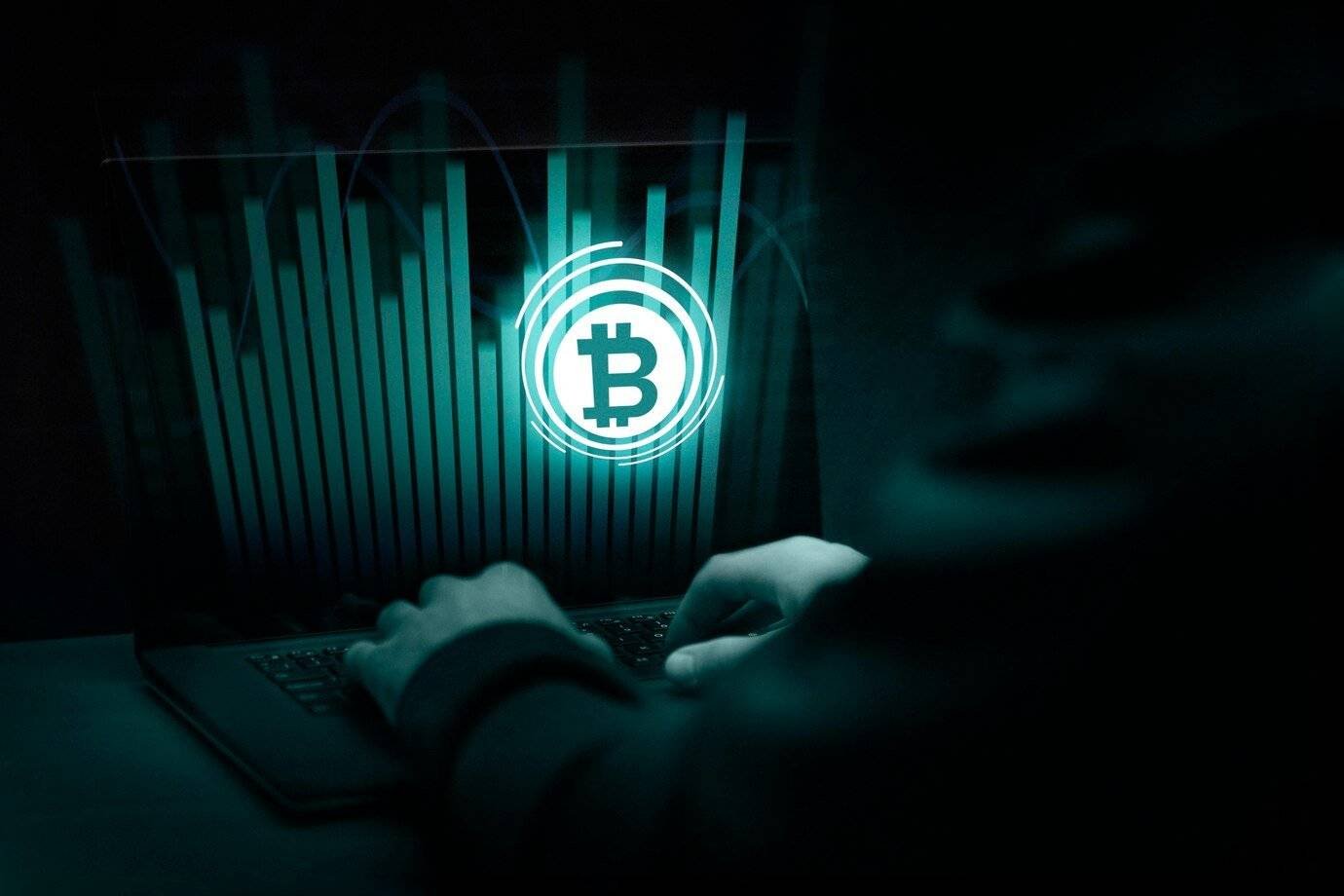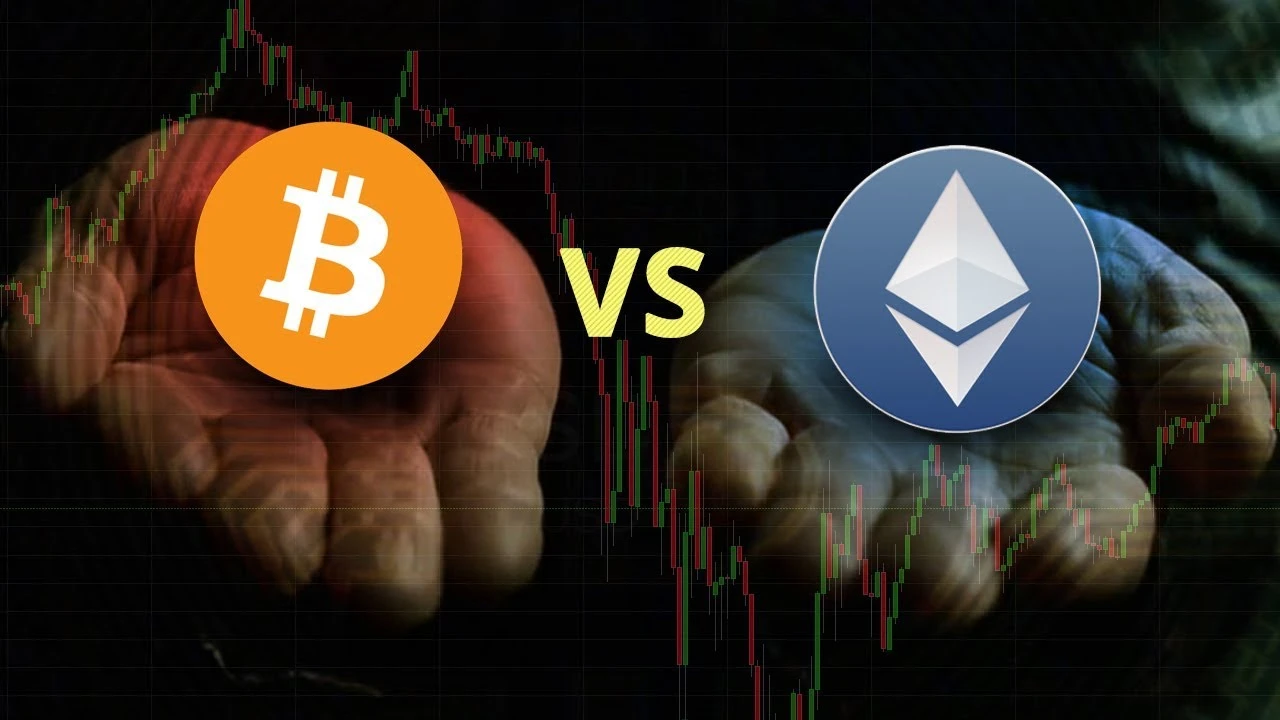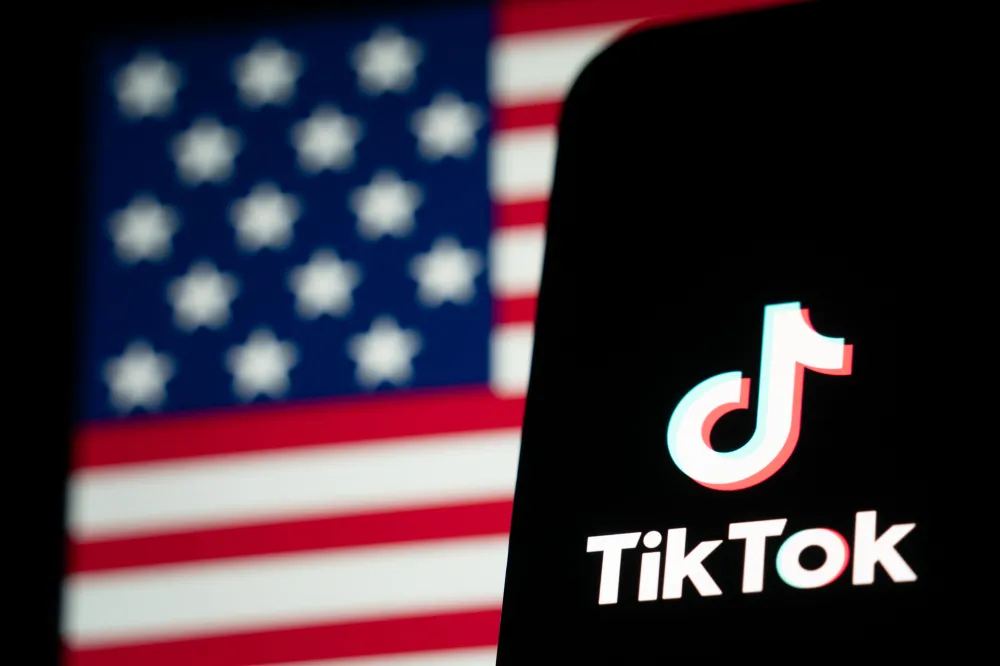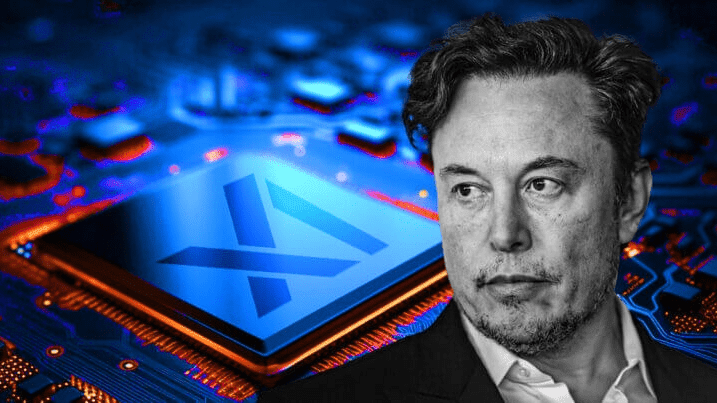Want to get into crypto and work toward financial freedom? One thing that often confuses beginners is the difference between spot trading and futures trading. Don’t worry! Here’s a clear explanation of what is spot trading in crypto.
This is actually one of the first questions new crypto enthusiasts ask, and for good reason. Spot trading is the simplest and most direct way to buy and sell crypto. You buy an asset at its current market price and you actually own it, no contracts, no complicated bets on future prices.
So let’s clear the air: Spot trading simply means you’re buying or selling a cryptocurrency right away (“on the spot”), at its current market price. Once you make the trade, you instantly own the asset, and you can hold it in your wallet, sell it later, or move it elsewhere. It’s that simple.
You Own the Real Deal in Spot Trading
One of the biggest advantages of spot trading is ownership. When you buy Bitcoin or Ethereum on a spot market, you actually own that crypto. You can withdraw it to your own private wallet and store it however you want.
Compare this to other forms of trading where you might be speculating on the price movement without ever holding the actual coin. Spot trading is like buying gold bars and taking them home, you have the real thing.
What About Futures? Here’s the Difference
Now that we’ve tackled what spot trading in crypto is, let’s talk about futures. Crypto futures fundamentally is a contract by which you can wager on the future price of a cryptocurrency without actually having to own the asset in question.
For instance, if you have a feeling that Bitcoin will be more expensive in a month’s time, you can borrow a futures contract to profit from the rise. You’re not buying Bitcoin, though; you’re promising to sell or buy it sometime down the line at some price.
That is, you profit if the market rises or falls, depending on which position (long or short) you are in. It also means, however, that you can lose more than you started with if you’re using leverage.
Risk Levels: Spot vs Futures
In spot trading, your risk would typically be capped at the amount that you put in. If you put $1,000 into Ethereum, the worst-case scenario is that ETH plummeting to zero (highly improbable) and you lose $1,000.
Of course, one can lose much more than when one started because futures trading, especially when using a slight amount of leverage, means you’re essentially using borrowed funds to magnify your position size; that’s why futures are so attractive to experienced traders who want a huge profit, but it risks novice traders.
Who Should Choose Spot Trading?
If you’re new to cryptocurrency or you’d prefer a more “hands-on” type of investment with you actually owning the coins, spot trading is the ticket. You’re free to hold for as long as you prefer, and you don’t have to worry about contract expiration or margin calls.
Most long-term holders (“HODLers”) like spot trading since they are certain of the future price of crypto assets. They are not seeking a short-term profit in days or weeks; they are in it for the long haul, expecting colossal gains as the technology and adoption increase.
The Benefits of Spot Trading for Everyday Investors
So, why do so many people stick with spot trading even though futures trading might sound more exciting? It all comes down to simplicity, safety, and control.
When you trade on the spot market, you don’t need to worry about expiration dates, funding rates, or complicated margin requirements. You just buy or sell at the current price. That’s it.
Plus, you can move your crypto to your own wallet for extra security. Many investors prefer this because it means they’re not leaving their assets sitting on an exchange, which can sometimes be vulnerable to hacks.
Spot Trading Is Perfect for Long-Term Growth
If what you’re looking for is creating long-term wealth and not rapid flips, spot trading is your friend. By buying crypto on a regular basis in a strategy called dollar-cost averaging, you will soften the effect of market moves and avoid the stress of attempting to “time the market.”
It is a general tactic of even seasoned investors because the crypto market could be volatile. Rather than wasting time worrying if the price today is the bottom, they worry about how to buy more coins in incremental stages and long-term holding.
Where Can You Do Spot Trading?
The majority of the largest crypto exchanges provide spot trading, and it is most often their initial product that they provide. Binance, Coinbase, Kraken, and KuCoin are a few of the largest international platforms where you can purchase crypto on the spot market.
These exchanges make it extremely easy: you invest fiat currency (say, dollars or euros), select your cryptocurrency, and click “buy.” The cryptocurrency is now yours after you’ve bought it. You may keep it on the exchange (although not always optimal for large sums) or send it to a wallet of your own.
What You Need to Start
Starting with spot trading is straightforward. Here’s a quick checklist:
- Create an account on a reputable exchange.
- Verify your identity, as most exchanges require KYC (Know Your Customer) documents for security.
- Deposit funds — this can be fiat currency or sometimes even other crypto.
- Choose your crypto — always do your research before picking which coins to buy.
- Make your purchase and decide where you want to store your crypto afterward.
That’s it. No complex contracts, no expiration dates, no advanced trading knowledge needed.
Spot Trading and Market Trends
Over the years, data has shown that spot trading remains the most popular type of crypto trading worldwide. According to market reports, more than 60% of crypto trading volume comes from spot markets. Even though futures and derivatives are growing fast, most individual investors still choose the simplicity of spot.
This trend also reflects the growth of long-term investing in crypto. As more people see Bitcoin, Ethereum, and other major cryptos as part of their long-term portfolios (almost like digital gold), they’re more likely to buy and hold rather than constantly trade in and out.
Common Mistakes to Avoid in Spot Trading
Even though spot trading is simpler than futures, there are still a few traps that can catch beginners off guard. Let’s go over the biggest ones so you can avoid them.
FOMO (Fear of Missing Out)
This is probably the most common mistake. You see a coin pumping, everyone on social media is shouting “To the moon!” — and you jump in without doing proper research. Many times, these pumps are followed by sharp drops, leaving new buyers holding heavy losses.
The best approach? Stick to a clear plan and avoid emotional decisions. If a coin is up 50% in one day, take a breath before clicking “buy.”
Not Researching the Asset
Always understand what you are buying. Some investors think all cryptos are the same, but every project has different goals, tech, and risks. Before buying any coin, look into its whitepaper, community, use cases, and long-term vision.
Ignoring Security
When you buy on a spot market, you actually own the asset. That means you’re responsible for keeping it safe. Leaving large amounts on exchanges can be risky if the platform gets hacked. A hardware wallet or a secure software wallet gives you full control and better protection.
Overtrading
Just because spot trading is simple doesn’t mean you should trade every day. Many new investors keep jumping in and out, trying to catch every small price move. In most cases, this ends up losing more money due to fees and poor timing.
How to Make the Most of Spot Trading
Spot trading, if done intelligently, can be a powerful way of amassing your crypto wealth in the long term. Here are some expert tips:
Have a plan: Prioritize what you’re going to invest, which coins you want to hold, and your time horizon.
Use dollar-cost averaging (DCA): Purchase fixed, small sums on a regular basis. This evens out fluctuations and lessens the chance to buy at the worst time.
Diversify intelligently: Diversify your investments among a few solid projects to reduce the risk. Do not put all your money into one coin.
Stay current: Stay current with major news, technological developments (like Ethereum’s recent updates), and market trends. Cryptocurrency markets are in a constant flux.
Final Thoughts
If you’re asking yourself what is spot trading in crypto and whether it’s the right approach, here’s the bottom line:
The spot trading is where all beginners should begin. It’s easy, provides total control, and steers clear of the risk and greater risk of futures and leveraged trading. If you’re a curious beginner or a person who wants to gradually construct a long-term portfolio, spot trading can take you there in a safer, more compartmentalized manner.
You don’t spend all day stuck in front of charts, and you don’t have to worry about liquidations. You invest, you wait, and you sleep soundly at night without continuously checking prices.
Of course, there is no risk-free investment. Crypto is a highly volatile market, and prices skyrocket and plummet in ways that are unpredictable. But with good research, well-defined strategy, and long-term goals, spot trading can be a valuable entry into the universe of crypto.
FAQs
Crypto spot trading is the purchasing and selling of cryptocurrencies at the prevailing market price for instant settlement. You must pay cash and get the crypto immediately, with no leverage and no borrowing. The trade is conducted on crypto exchanges such as Binance or Coinbase.
Yes. Spot trading. It is ideal for newbies because it is easy, risk-free, and easy to grasp. It is about direct ownership of crypto without the sophisticated tools such as derivatives or leverage, and the outcome is a safe haven for new traders to start.
Yes, you will be losing in spot trading if the price of the crypto drops after buying it. You are losing money if you are selling at a lower rate than what you bought it for, but you won’t be losing more than you initially invested because there is no leverage utilized.
Crypto spot buying is the mechanism of buying or selling cryptocurrencies at the current market price for immediate delivery. You pay in full right away, and ownership of the asset is transferred in real-time without leverage or even a loan.
You can earn $100 daily in crypto, yes, but that is based on your trading skill, strategy, funds, and market. It is possible but at risk, and you will not always be making profits daily. Steady learning and little initial amounts are recommended for the beginners before targeting income daily.
















